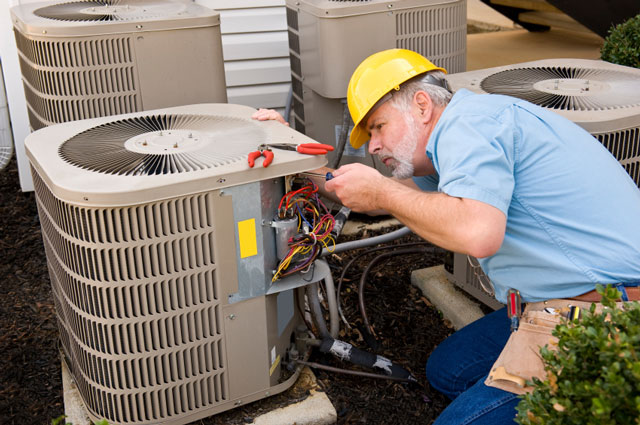3 TYPES OF HEAT EXCHANGERS FOUND IN YOUR HOME
Mar 18, 2015

It takes energy to produce heat. The more heat you need, the more energy you will need to consume. Unless, of course, you could easily remove heat from one place and take it somewhere else. Doing so would enable you to use less energy – and who doesn’t like saving energy?
That’s the thinking behind heat exchangers, which improve the efficiency of systems found in automobiles, planes, ships, factories, power plants, and, naturally, your home. A heat exchanger is a piece of equipment that allows heat from a fluid to pass to a second fluid without any direct contact. (If the liquids and gases were to mix with one another, the heat exchanger wouldn’t function.)
How heat exchangers work
To understand how heat exchangers work, think of a car radiator. Water is used to cool the engine, but after doing so, it passes through the radiator. The radiator’s fins are exposed to the cool air around the engine. The cool air removes some of the heat, which in turn cools the water so it can cycle through the engine again.
The car radiator is a heat exchanger because it transfers heat from the water to the open air without exposing one to the other. Without it, your car would need to burn additional fuel to cool the engine.
And you’d be buying a lot more gasoline.
Around the house
For more examples of heat exchangers, you need only turn to your home. Heat exchangers reside in many of the appliances and systems you use every day, helping you save energy. Here are three places you’ll find heat exchangers:
1. Refrigerators: Ever wondered how your refrigerator works? It’s basically a heat exchanger that moves heat from inside the refrigerator to the outside air. A special type of fluid, known as coolant, passes through a pipe inside your refrigerator, absorbing heat and expelling it as it passes through part of the pipe located outside of the appliance.
2. Air conditioners: Much like the heat exchanger in your refrigerator, an air conditioner uses fluid to remove the heat within a confined space (a room, for example), and place it a separate space (the outdoors). The air conditioner then uses fans to blow the cold air around your home so that you benefit from the colder air it’s creating.
3. Central heating: Heat exchangers are key to central heating systems. When you light a gas furnace in the winter, the heat generated by natural gas warms the heat exchanger – usually a metal plate/fin configuration – that in turn passes heat to the surrounding air. A blower inside the heating system sends hot air into your home.
Heat exchangers are critical to the proper functioning of your appliances and HVAC systems. They must be maintained and cleaned on a regular basis to ensure efficiency and longevity. Contact Newcomb and Company today to clean or replace your HVAC heat exchanger or service your central heat and air conditioning system.
Need help? Call now.